The iPhone 13 Pro Camera Review
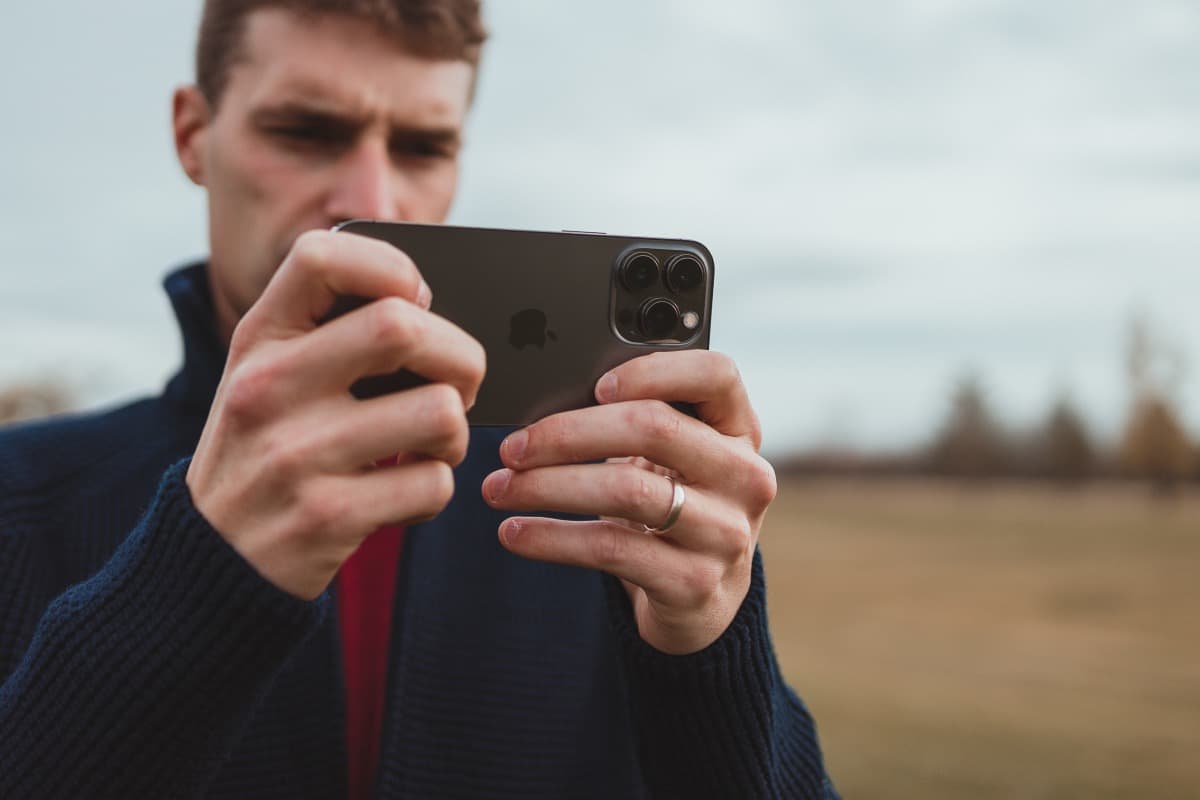
Getting an iPhone 13 Pro was a bit of a headache this year. Supply chain issues have taken their toll on would-be iPhone 13 Pro Max owners or anyone wanting an iPhone with more than 128GB of onboard storage. The cellphone store next to our office still hasn’t received a single iPhone 13 Pro Max to sell.
I was in that iPhone 13 Pro Max queue and eventually gave up. Seeing all the wonderful photographic creativity hitting my Instagram and Glass feed pushed me to the brink. I scaled back expectations and opted for the iPhone 13 Pro with 128GB storage instead.
Hindsight is 20/20 — coming from the iPhone 12 mini means the 13 Pro’s size is more manageable than the jump from mini-to-Max, doubly so when shooting photos. The extra wait time also allowed me to temper review expectations, allow the iPhone to settle more into regular (non-honeymoon) routine, and showcase its benefits in more lasting ways.
The last Pro-iPhone I used was the iPhone 11 Pro. That camera system was great and the iPhone superb, but I remember my time with that iPhone as a phone first, camera second.
The iPhone 12 mini was neither phone nor camera for me — battery life was so abysmal and the camera so sub-optimal that I generally chose to neither use it as a phone or a camera. It was largely relegated to the role of “the best camera is the one you have with you,” with a giant shrug.
The iPhone 13 Pro has taken a very different role than the iPhone 11 Pro and iPhone 12 mini of years past.
The 13 Pro has quickly become a camera first and a phone second.
I’ve shot a range of Live Photos, Portrait Mode, Macro Mode, Cinematic Mode, and standard video in the last few weeks. I’ve shot product photos here for The Sweet Setup. I’ve edited ProRAW photos in Adobe Lightroom, changed focus points in Cinematic videos, and used and tuned Photographic Styles to my liking. I’ve shared, uploaded, and resized those photos for the web or for friends and family.
All from the iPhone.
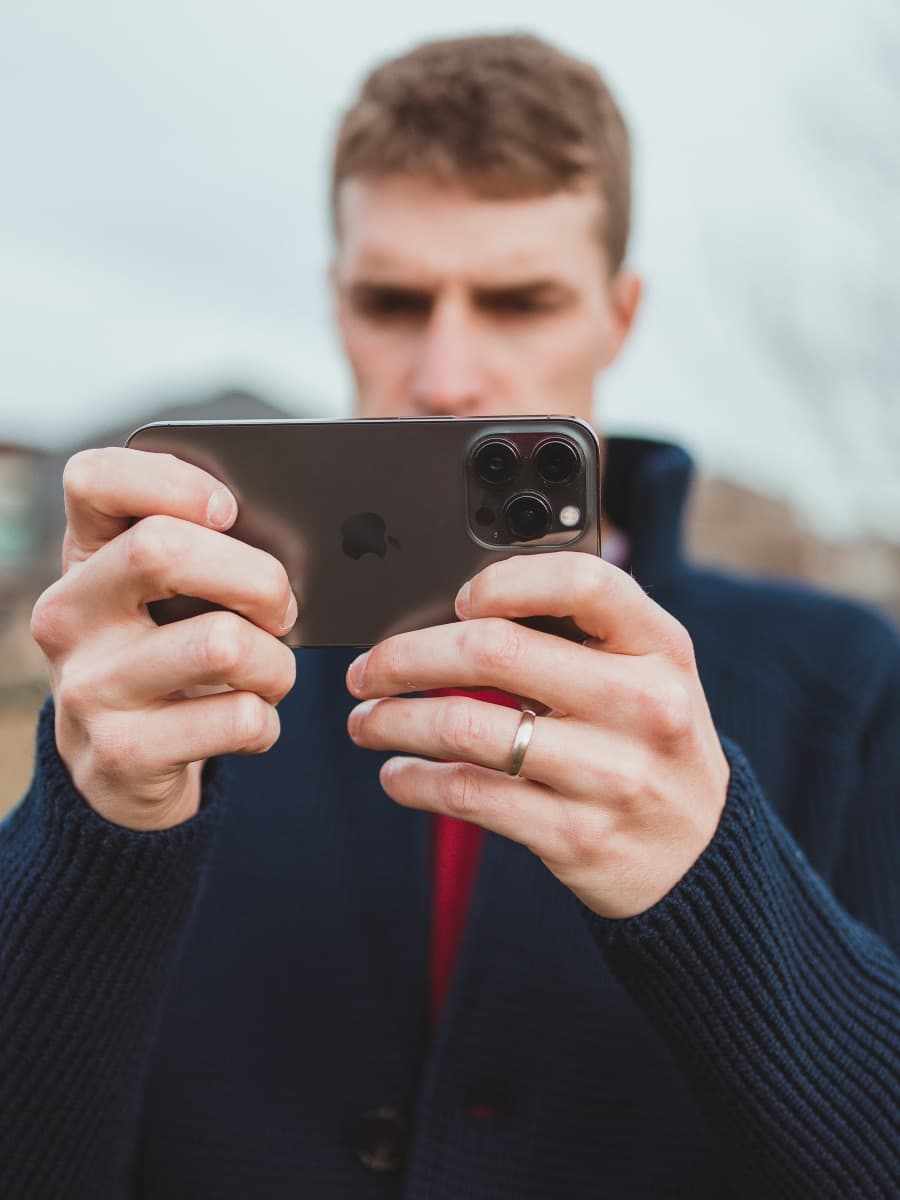
For me, this is unprecedented. It’s always been a workflow of balancing multiple devices to achieve multiple goals. With the 12 mini, the screen and battery were both too small for meaningful photo edits in Adobe Lightroom. The 11 Pro lacked ProRAW and all the editing capabilities ProRAW provides. And all iPhones before that either lacked the ability to resize photos, or lacked Macro Mode, or lacked this or lacked that.
This is the first year that my entire photography workflow can be handled by my iPhone on its own. This has been empowering.
The only question I have going forward is whether I prefer the ease, simplicity, and iPhone-quality of this iPhone-only workflow, or if I prefer the cumbersome, post-intensive, Canon-quality of my dedicated camera.
So far, it’s been pretty situational.
The following reflects my anecdotal review of the iPhone 13 Pro camera system from the point of view of a photographer. I don’t shoot meaningful video in any sort of way other than to capture quick videos of my family for my personal journal. Therefore, I haven’t gone in-depth on any video features whatsoever.
Get Our Best Photography Tips & Workflows
Transform your photos and edits from average to awesome with our in-depth, mobile photography course. It’s jam-packed with training, ideas, and lessons that can literally transform your photography overnight.
Tech Spec Updates and Their Impact
The iPhone 13 Pro camera system comes with numerous specification updates over the iPhone 12 Pro camera system. Some of them are incremental. Some of them are much more impactful.
- Apple touts the wide camera can capture up to 2.2 times more light than its predecessor thanks to the largest sensor Apple has ever put into its camera system.
- The wide camera moves from f/1.6 in the iPhone 12 Pro to f/1.5 in the iPhone 13 Pro. As the aperture number gets lower, more light can be let in at once.
- The ultra-wide camera can capture 92% more light than its predecessor, dramatically impacting the sharpness, detail, and noise control in ultra-wide photos. This is due to the improved f/1.8 aperture lens.
- The telephoto lens has been moved to a 3x lens as opposed to the 2.5x lens in the iPhone 12 Pro Max. This makes for a 77mm full frame equivalent focal length, right in line with actual portraiture lenses available for mirrorless camera systems.
- The telephoto lens has moved slightly backwards in terms of aperture. The telephoto now comes with an f/2.8 aperture versus the prior f/2.4 aperture in the iPhone 12 Pro.
Like everything today though, tech specs only tell half the story. Apple’s continued prowess of combining hardware with deeply integrated software is the main reason for my excitement. It’s the single tool from shoot-to-share where the iPhone 13 Pro truly shines.
This requires a powerful chip to run Adobe Lightroom CC. The A14 Bionic and A13 Bionic before were able to run Lightroom CC with relative ease. And so goes the same story for the A15 Bionic in the iPhone 13 Pro.
Just, everything is faster — noticeably faster in some areas. Way faster in other areas.
The biggest improvement in my experience has been in photo exports from Adobe Lightroom CC. When originals require downloading before export, the iPhone 13 Pro was able to download and render six heavily-edited photos in the time it took my iPhone 12 mini to download and render four heavily-edited photos. Once the originals were local, the 13 Pro exported those same six photos in the time the 12 mini exported about five photos (the “Rendering” progress bar hadn’t yet changed to “5 of 6”).
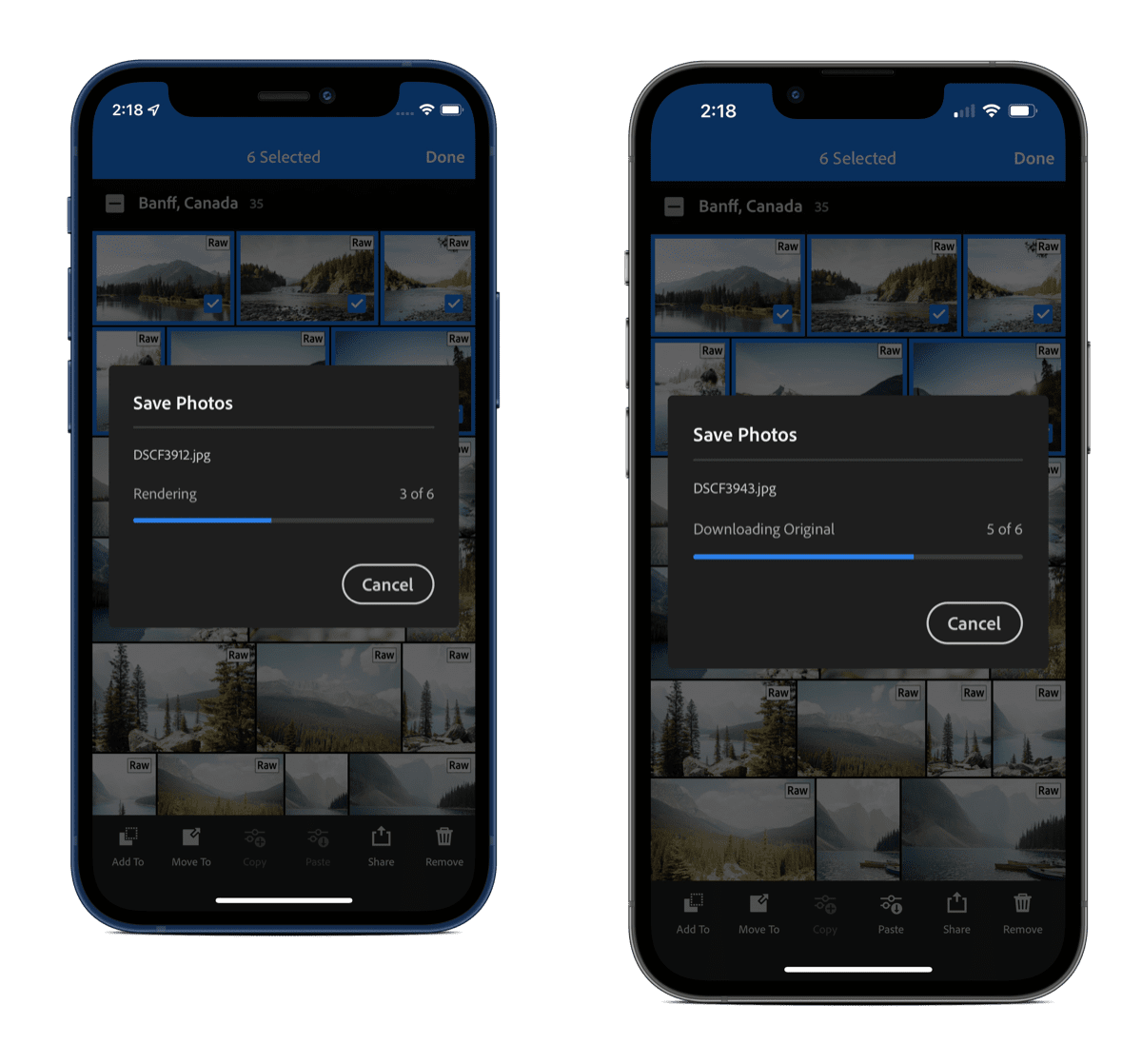
So, my math could look something like (6 – 4.75) / 4.75, or 26.3% faster. That’s a big improvement.
When originals are downloaded and simply need rendering, the A15 Bionic holds its own against my M1 iPad Pro. My iPad Pro has become my default photo-editing device, so having this sort of power in my iPhone is really impressive.
Lastly, battery life. I could come back to battery life over and over and over when comparing to the iPhone 12 mini, but the 13 Pro’s improved battery life is another reason for its further entrenchment in photography kit. Adobe Lightroom CC is a battery hog — it makes the M1 iPad Pro heat up significantly and burns through battery life with ease. On the iPhone 12 mini, that means Adobe Lightroom CC would compromise my entire day’s iPhone experience.
Another way to put it: I never edited photos on my iPhone 12 mini because of its poor battery life.
The iPhone 13 Pro’s incredible battery life has allowed for photo editing at any time of the day without concern for battery power for the rest of the day. The result is an increased willingness to use the iPhone 13 Pro in a pinch rather than waiting to get home to edit photos.
Technically speaking, there are some large improvements in the camera lens and sensor sizes on the iPhone 13 Pro. But the major tech spec impacts on my photography workflow have come by way of improved battery life and the faster, more efficient A15 Bionic.
ProRAW
We’ll get into the new iPhone 13 Pro camera features in a second. First, I need to gush about Apple ProRAW for a quick second.
This is my first iPhone with ProRAW capabilities — the feature debuted in the iPhone 12 Pro and 12 Pro Max last year. ProRAW is an entirely new photo file format developed between Apple and Adobe that combines some of Apple’s computational photography elements and the DNG RAW photo format. This provides a “best of both worlds” scenario when shooting and editing photos in ProRAW.
ProRAW photos size in around 35MB per photo, which is much larger than the .HEIC Live Photos the iPhone regularly shoots. But this extra data can be imported into Lightroom CC, where the magic really happens.
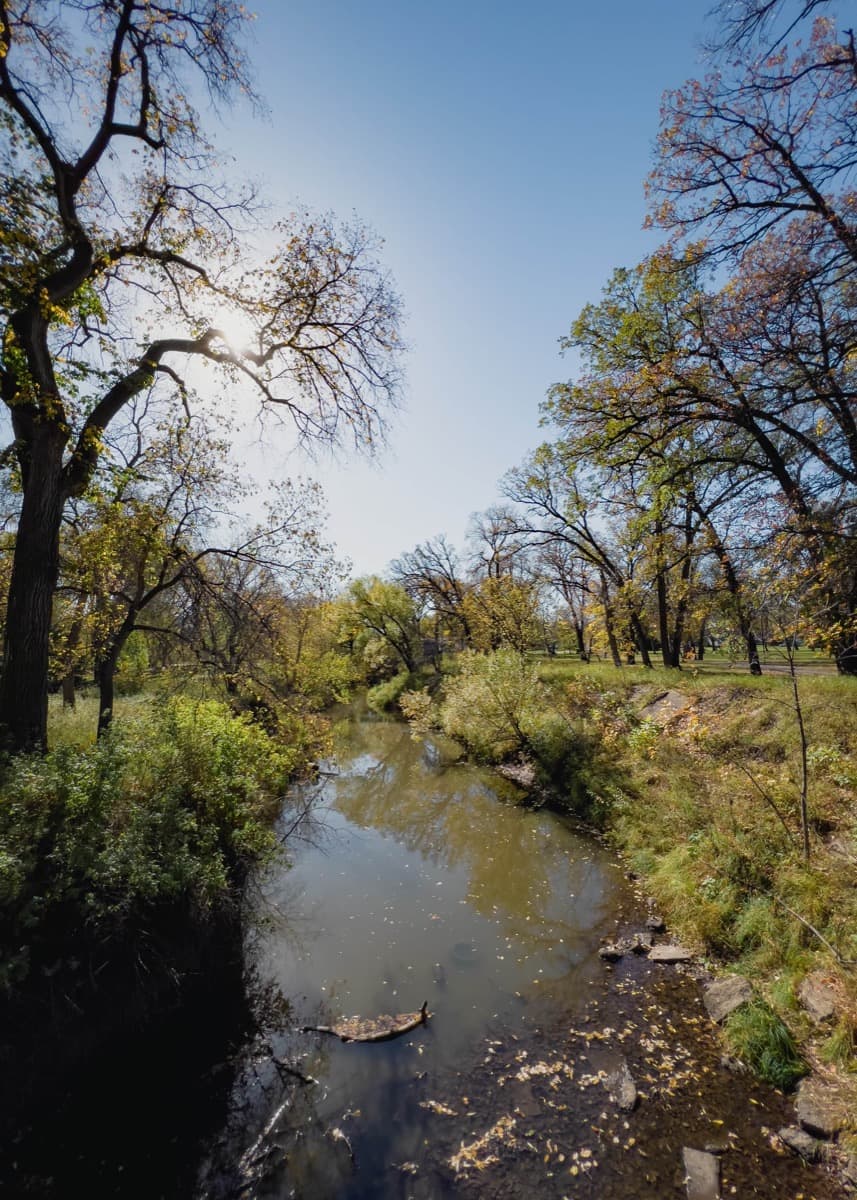
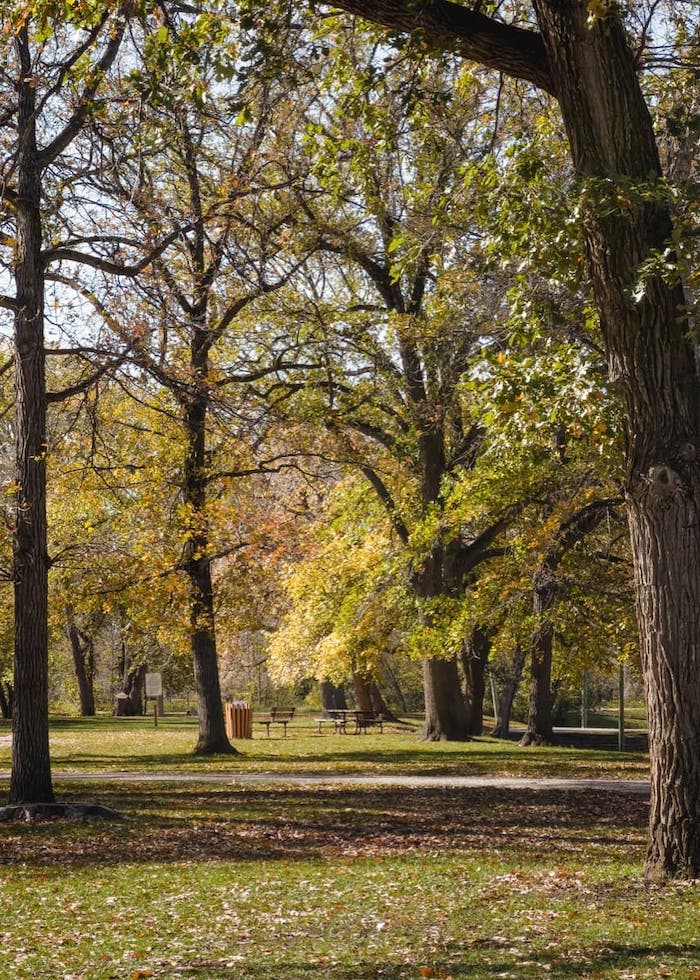
ProRAW photos come with a new level of dynamic range never before seen in an iPhone photo. The raw DNG imports into Lightroom as this really underexposed image. After applying the ProRAW built-in profile, the photo boosts into this more usable, but lesser-contrast form. An unedited ProRAW with a ProRAW profile applied is usable, I guess, but not a very nice photo.
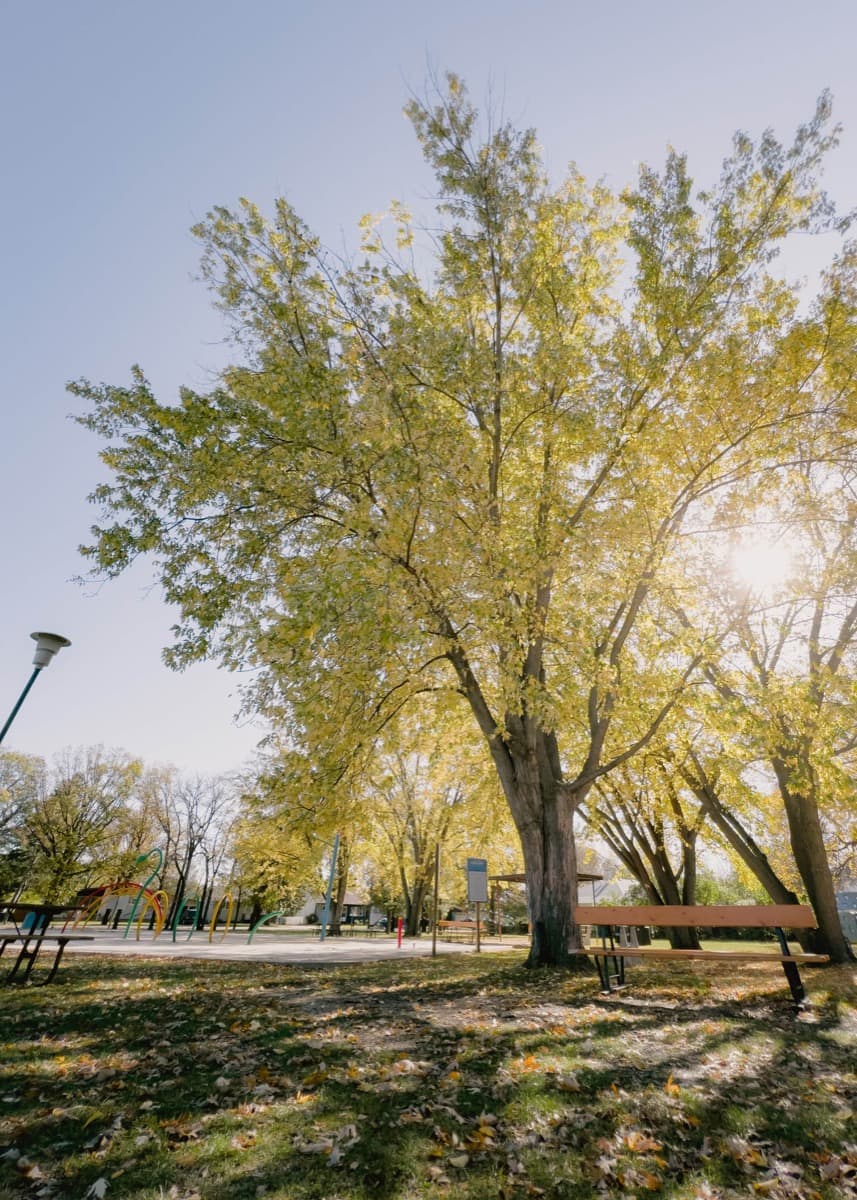
It’s the application of the edits after this step where the ProRAW photo really shines. Shadowed areas maintain their detail better when brightened and strong highlights can be brought down to a point with visible detail. Colors can be pushed, morphed, and transformed into something you like. Textures and clarity can be pulled back or pushed to your preference.
The level of control over a photo thanks to ProRAW is perhaps the single biggest change for my iPhone photography workflow. If you could look at my Lightroom CC library, you’d find I don’t have a single iPhone photo in the library. Not one. In 35,000 photos.
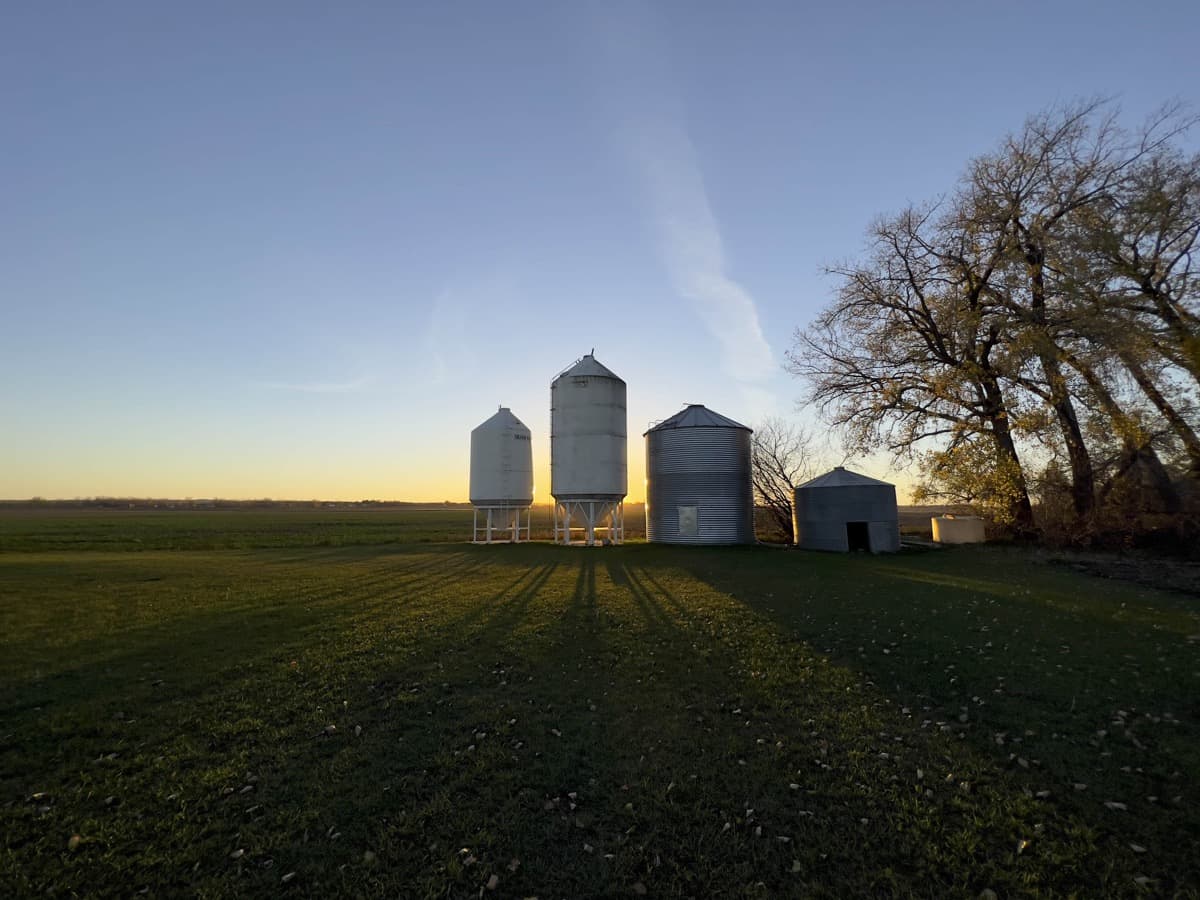
Above: The original ProRAW as imported into Adobe Lightroom CC.
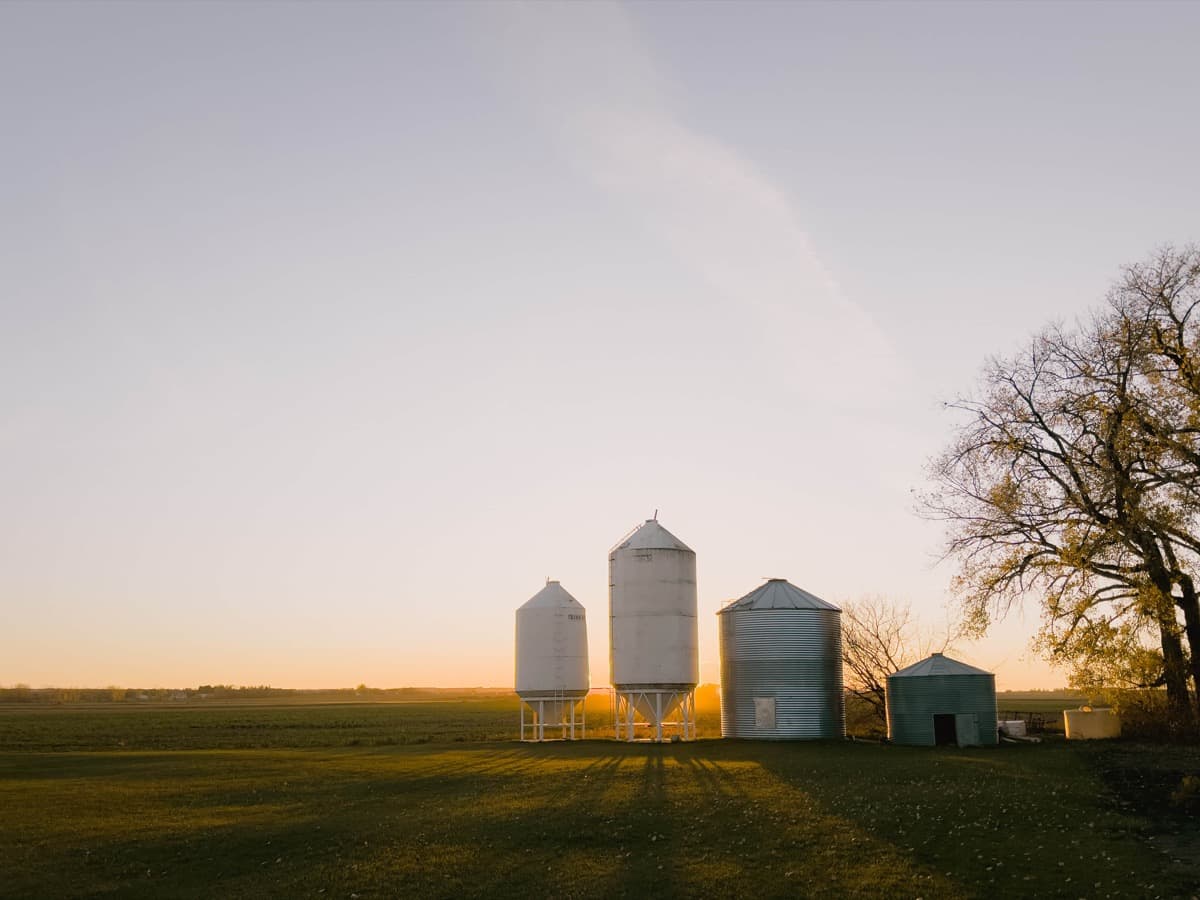
Above: The edited photo exported out of Adobe Lightroom CC on the iPhone.
Live Photos just don’t edit the same. You can bank and roll and edit Live Photos, sure. But it’s not the same as a ProRAW.
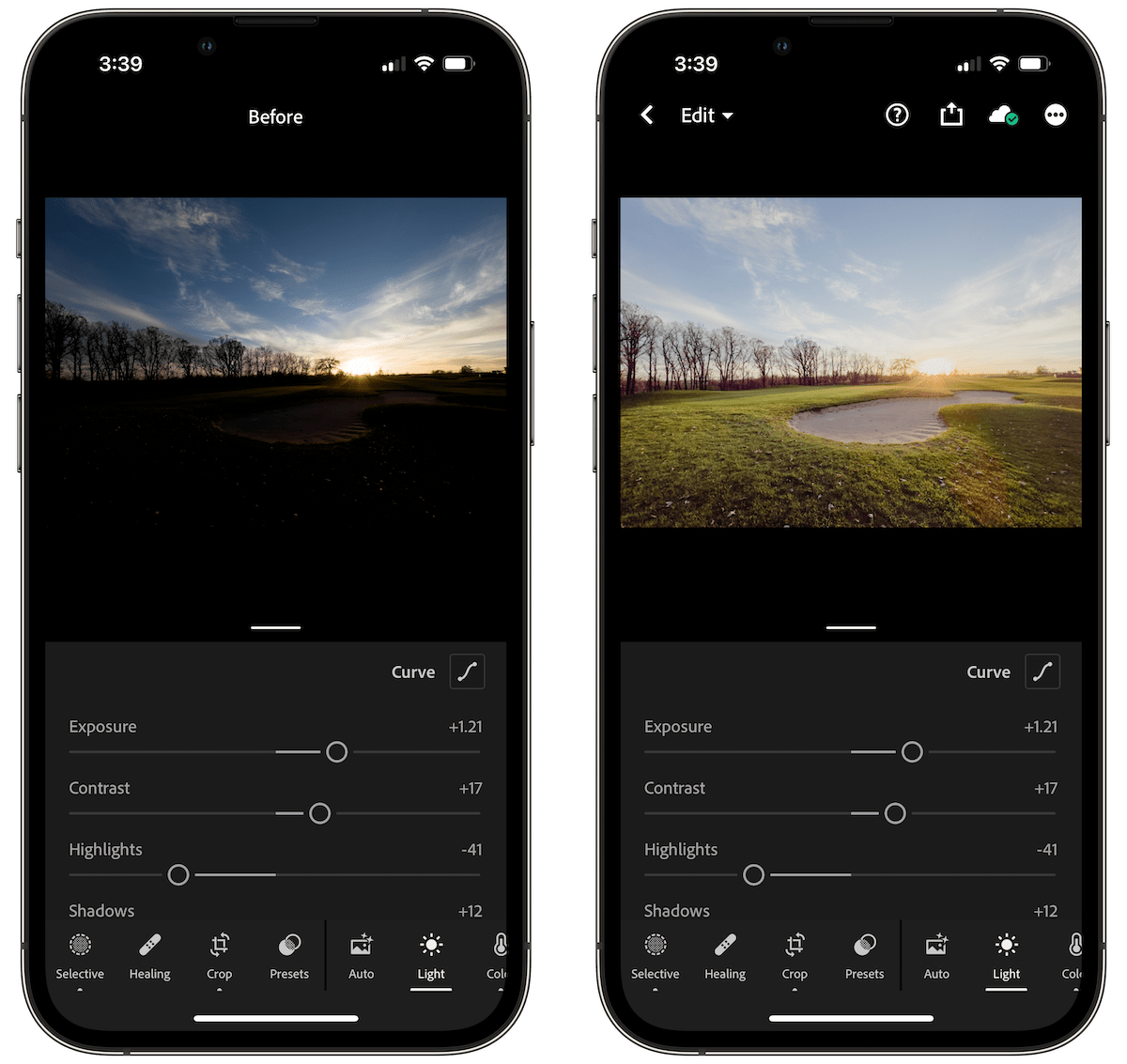

I now shoot about half my iPhone photos in ProRAW and import directly into Lightroom. It’s a bit tedious to have to shoot a photo once in ProRAW for my editing purposes and then a second time as a Live Photo in case I want to store the video file along with it. But for those moments where you just want to whip out the power of Lightroom, ProRAW has brought iPhone photo editing to a whole new level.
Of all photography features in the 13 Pro, ProRAW is the feature I’m most excited to play with over the next year.
Macro Mode
Macro Mode came out of left field in Apple’s iPhone Keynote. I don’t remember reading any rumors about the feature, nor do I remember anyone talking about an expectation for the feature.
Perhaps more than any other camera feature, Macro Mode garnered the most “wows” in online circles.
Rightfully so — Macro Mode on the iPhone 13 Pro is truly impressive.
Aside from the early quirk about how the camera has to switch from wide to ultra-wide as you move closer to an object, the entire feature is easy and seamless to use. Just push your iPhone camera closer and closer to your subject and see how close you can get without losing focus. It’s the easiest implementation Apple could have made.
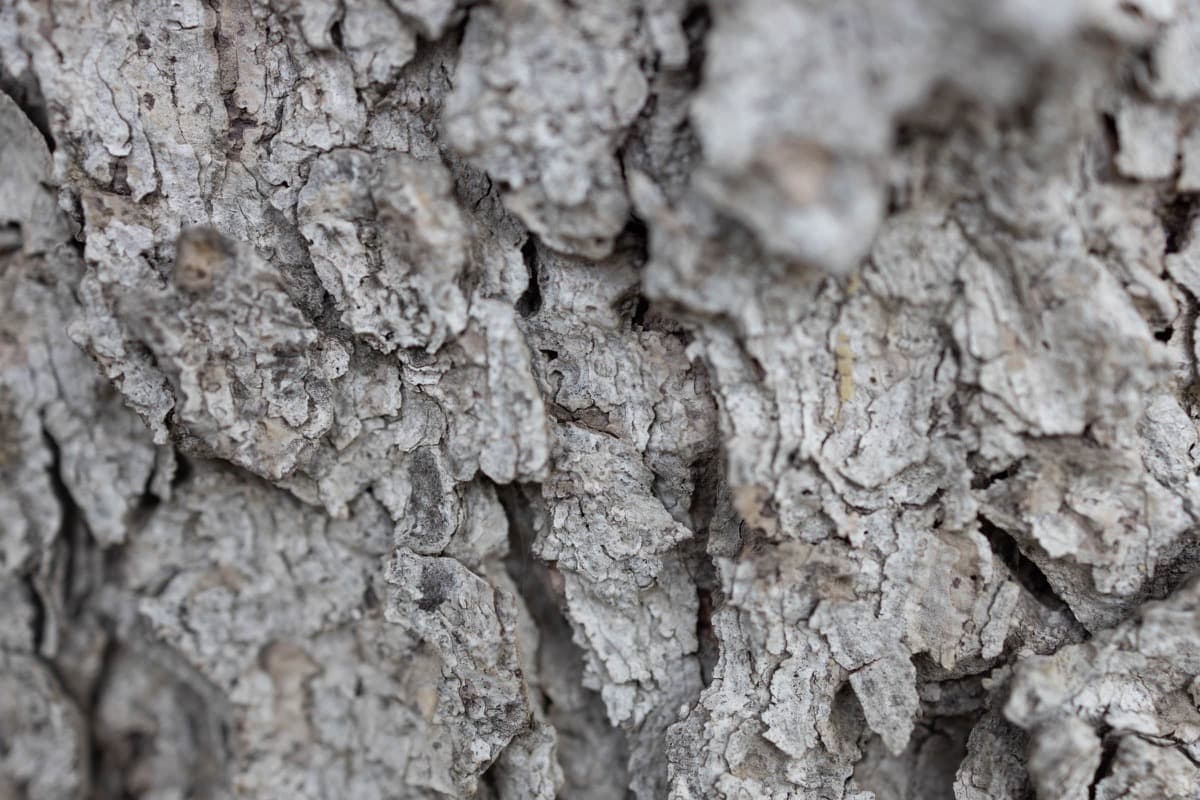
Above: A “macro” shot from the Canon EOS-R and 35mm f/1.8 lens, an RF lens with macro capabilities.
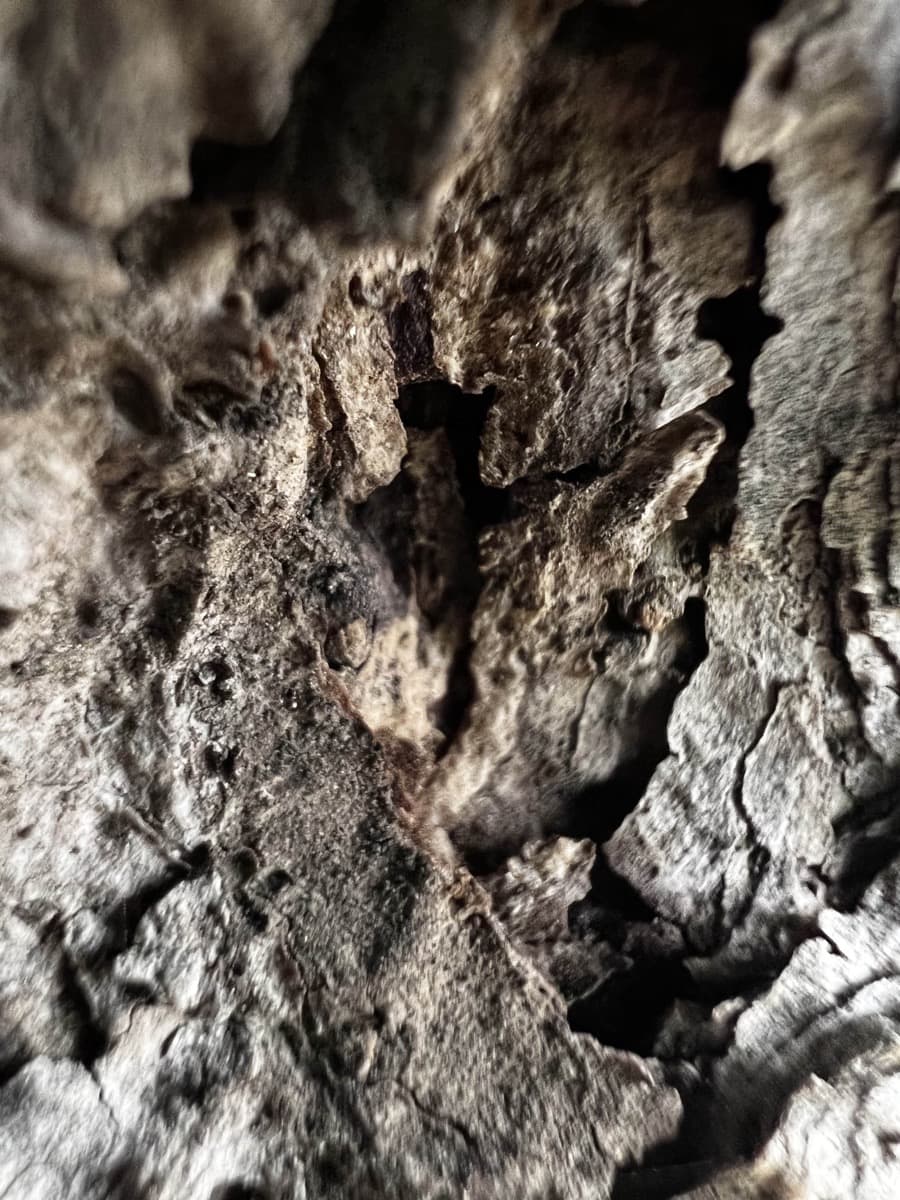
Above: The same bit of tree bark, but shot on the iPhone 13 Pro.
The quality and sharpness of Macro Mode shots are also impressive. In good light, you can see textures in an entirely new way.

There are a few nitpicks though.
First, you need good light. Macro Mode operates in the ultra-wide camera, which has the technically inferior camera when compared to the wide and telephoto cameras. You need reasonably good light or the iPhone simply won’t lock focus. I’ve had a few instances where the iPhone locks focus, I’ve pushed it further, and the iPhone switches back to the wide camera. This only seems to happen in low light.
Second, you need a steady hand. I must have a slight, slight tremor in my hand, as very few of my handheld macro shots come out sharp and pristine. In low light, you’ll need a tripod and a steady finger to ensure tapping the shutter button doesn’t jar the iPhone.
Third, though Macro Mode photos can be shot in ProRAW, I’ve found the ProRAWs to be a little flimsier when editing. I chalk this up to the poorer ultra-wide camera (among other elements). Details aren’t maintained as well in shadows and highlights as they are with the wide camera. The subject matter of course differs, but it’s indeed more difficult to edit a macro ProRAW.
All three hiccups are outweighed by the fourth camera in your pocket. Where we had an ultra-wide, wide, and telephoto before, we now have a fourth macro camera for capturing entirely new elements of our world.
I wonder if Apple can pull off a tilt-shift lens in the future.
Get Our Best Photography Tips & Workflows
Transform your photos and edits from average to awesome with our in-depth, mobile photography course. It’s jam-packed with training, ideas, and lessons that can literally transform your photography overnight.
Photographic Styles
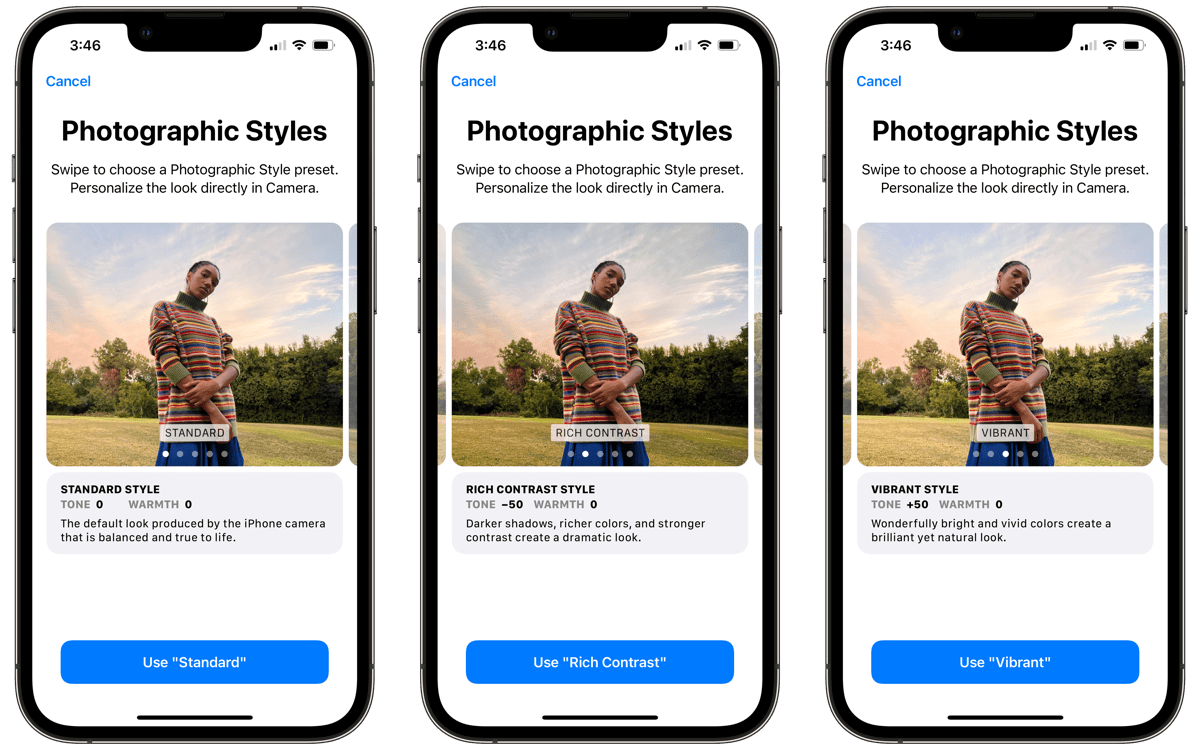
The first time you fire up the 13 Pro’s camera, the iPhone asks you to choose a Photographic Style to apply to your camera viewfinder and regular photos. You can choose from Rich Contrast, Vibrant, Warm, and Cool. You can adjust the few sliders available in each Photographic Style to hone in on your exact photographic preferences.
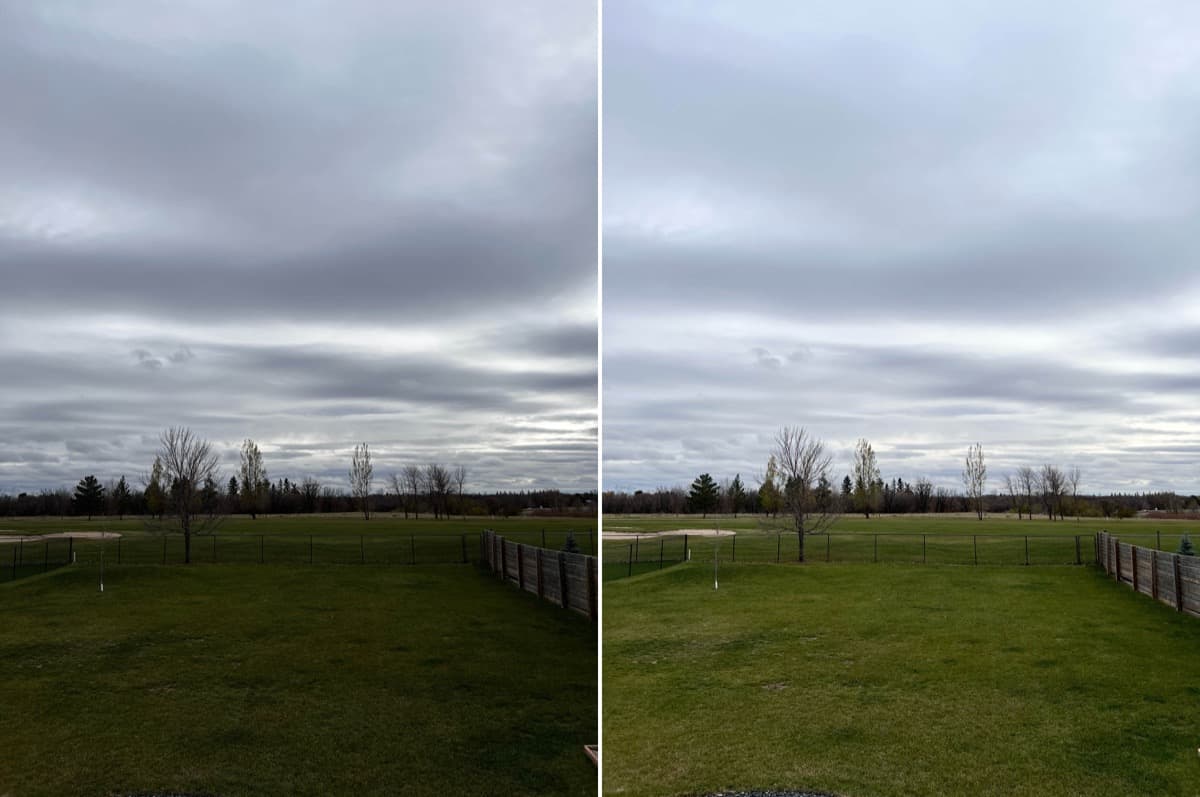
Above: Rich Contrast on the left. Vibrant on the right.
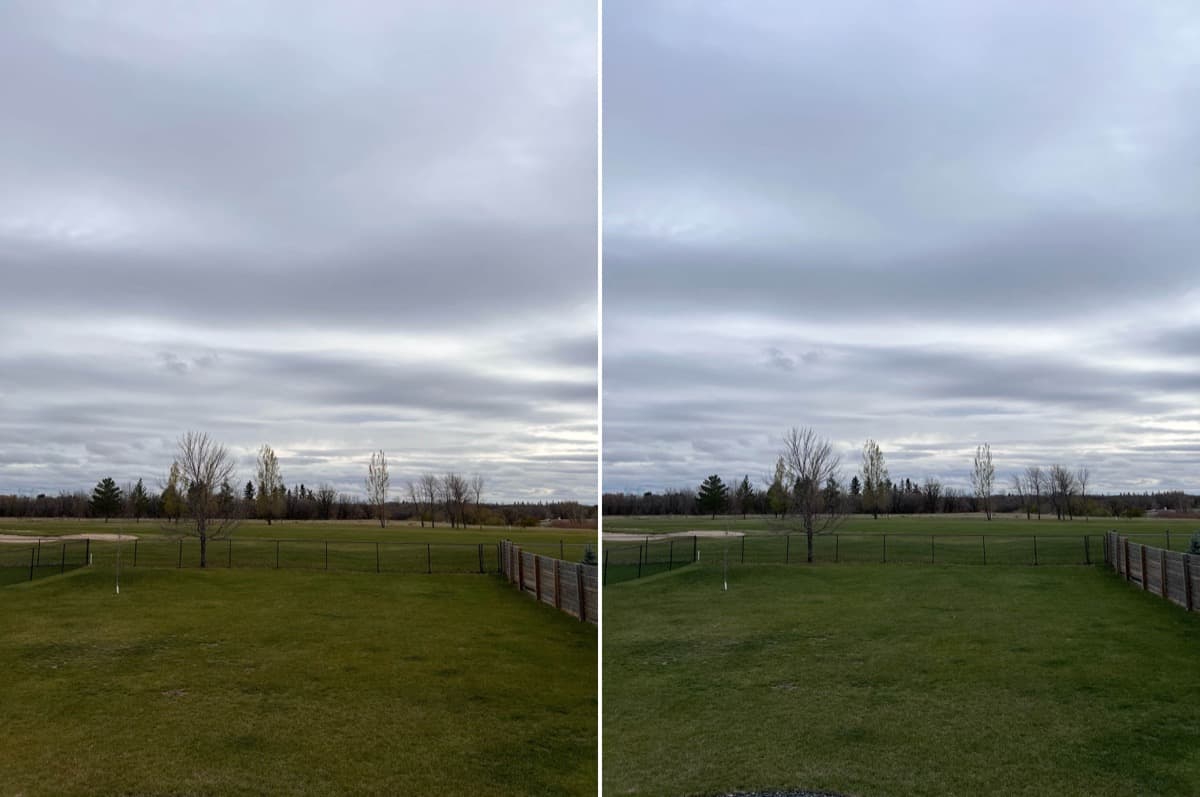
Above: Warm on the left. Cool on the right.
I first chose Warm when I setup my iPhone, but quickly turned to Rich Contrast. I find the preset to be a bit warm at times, especially under incandescent light, so there are times where flipping over to the Cool preset has worked well.
These settings are applied directly to the regular photo or Live Photo and you can’t edit them out after the fact. Do note, however, that photos shot in ProRAW may appear as though a Photographic Style is applied in your Camera Roll. This is actually the iPhone’s latest Smart HDR processing, not a new Photographic Style. These special Smart HDR processing choices are eliminated when you import into an app like Adobe Lightroom CC.
This isn’t a big deal, but it’s slightly jarring. I thought something was originally wrong with my first set of ProRAWs in Lightroom CC. Alas, nothing was wrong, and the ProRAW Lightroom CC profile had to be applied to get the photo back to something close to what I saw in the viewfinder.
Night Mode on All the Cameras
Night Mode has come a long, long way since it first debuted a few years ago. You can now shoot Night Mode shots on all three cameras on the iPhone 13 Pro, ensuring there’s no situation without a low light capability.
Night Mode is one of the bigger improvements made possible by the larger sensor and larger aperture sizes in the iPhone 13 Pro camera system. Capturing Night Mode photos takes just a half second or so less time than prior iPhone camera systems, ensuring that much less camera shake and wobble in the end result.
For me, this is most noticeable in the iPhone’s ability to capture my highly active toddlers. That half second to second less capture time is the difference between a usable and unusable photo.
I was playing hide and seek with my youngest and figured I’d grab a quick shot of her tucked away in a spot of the house she won’t fit into for much longer. It was dark. It was quiet. I snuck my iPhone out. The display provided enough light for the iPhone to capture. And I grabbed a sharp photo of her just before the door opened as her big sister found her.
Life changing? No. But that half second, in this case, was the difference between capturing the moment and not.
Portrait Mode
Apple pulled this semi-cool piece of magic and enabled Portrait Mode on two-camera iPhones in recent years. Portrait Mode would create a depth map using the regular wide and ultra-wide cameras and then apply a nice background blur behind your subject from the wider point of view. By and large, I prefer this point of view when shooting portraits.
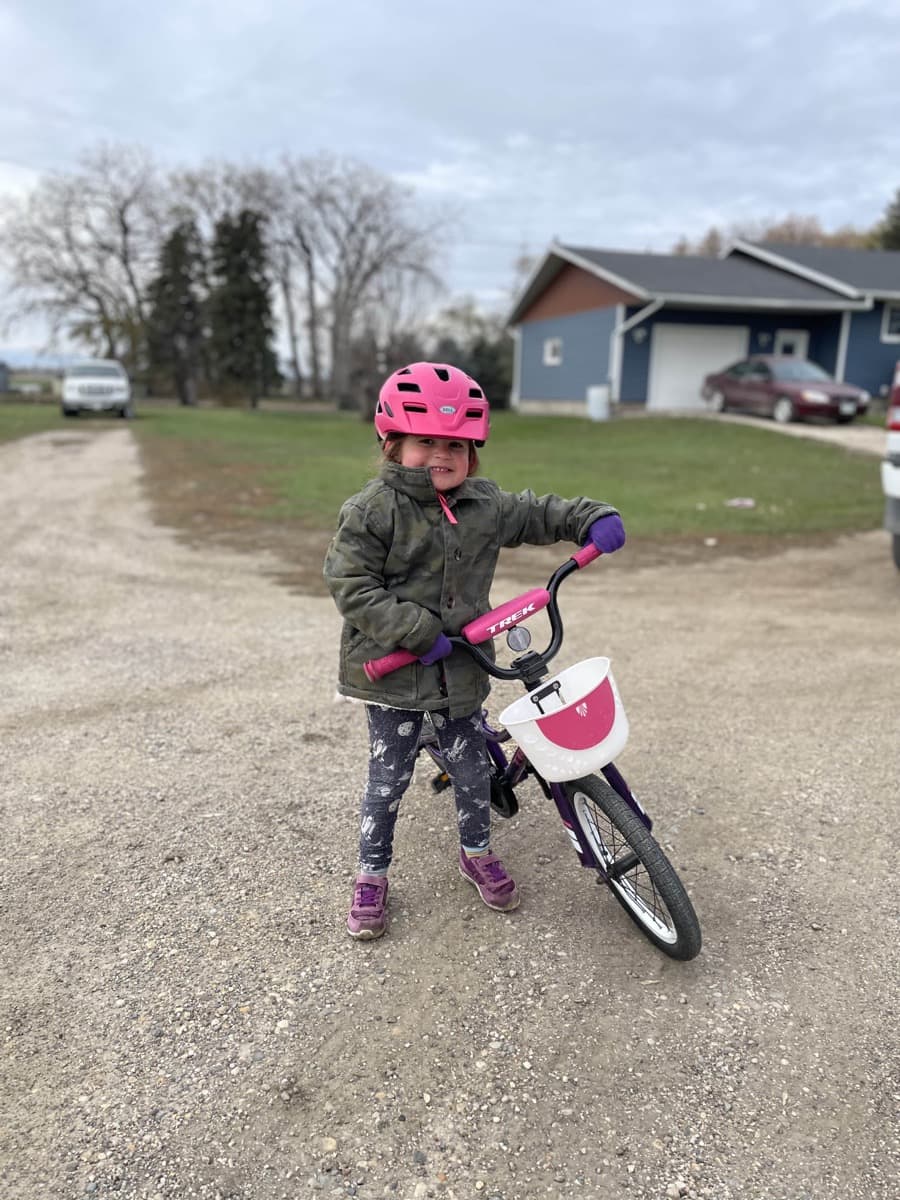
Above: Portrait Mode photo shot on the iPhone 12 mini.
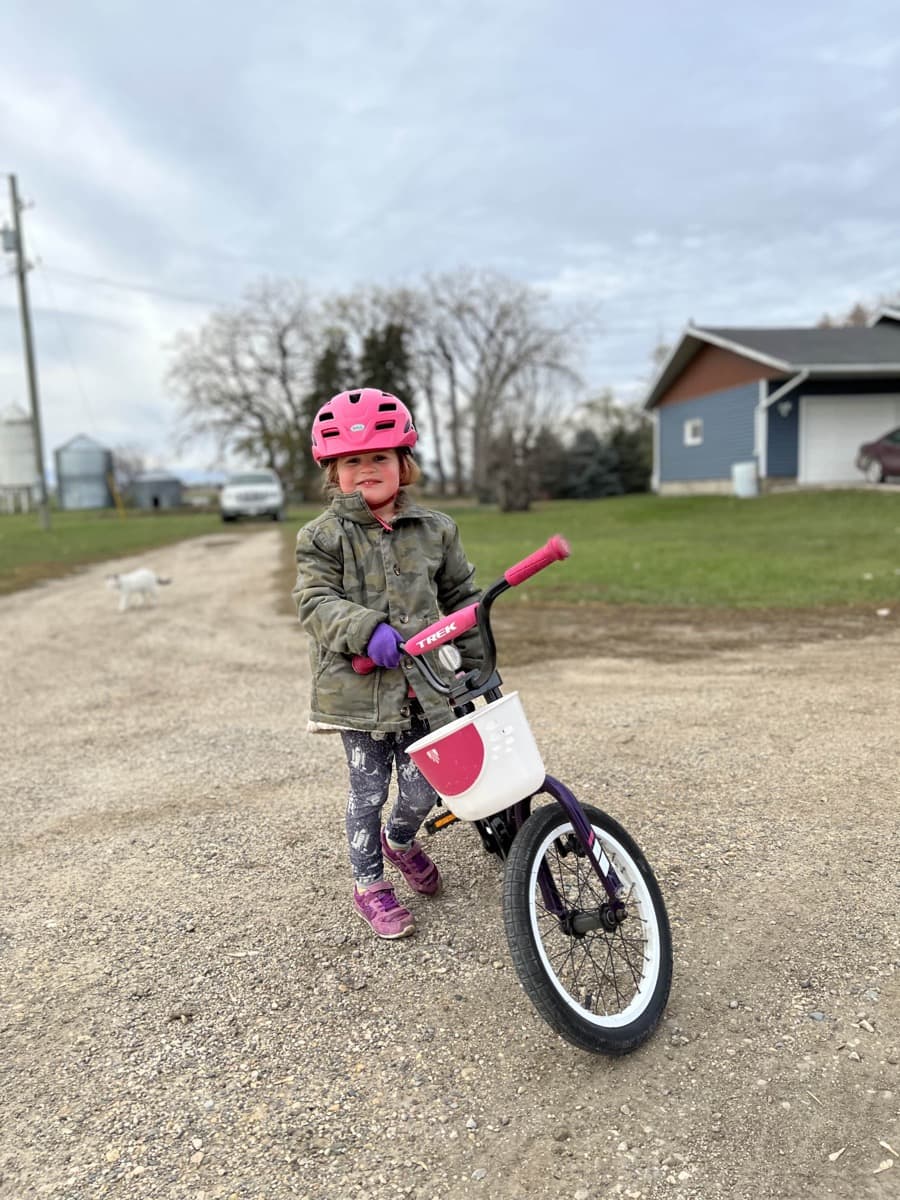
Above: Portrait Mode photo shot on the iPhone 13 Pro.
The issue though was that Portrait Mode photos on the iPhone 12 mini were usable. Not great. Usable. There were enough misses in my time with the 12 mini that I just opted for the regular wide shot instead — it was the same focal length and mostly the same field of view as the Portrait shot, but ensured everything would be sharp and usable.

Above: Portrait Mode photo shot on the iPhone 13 Pro with the 3x camera.
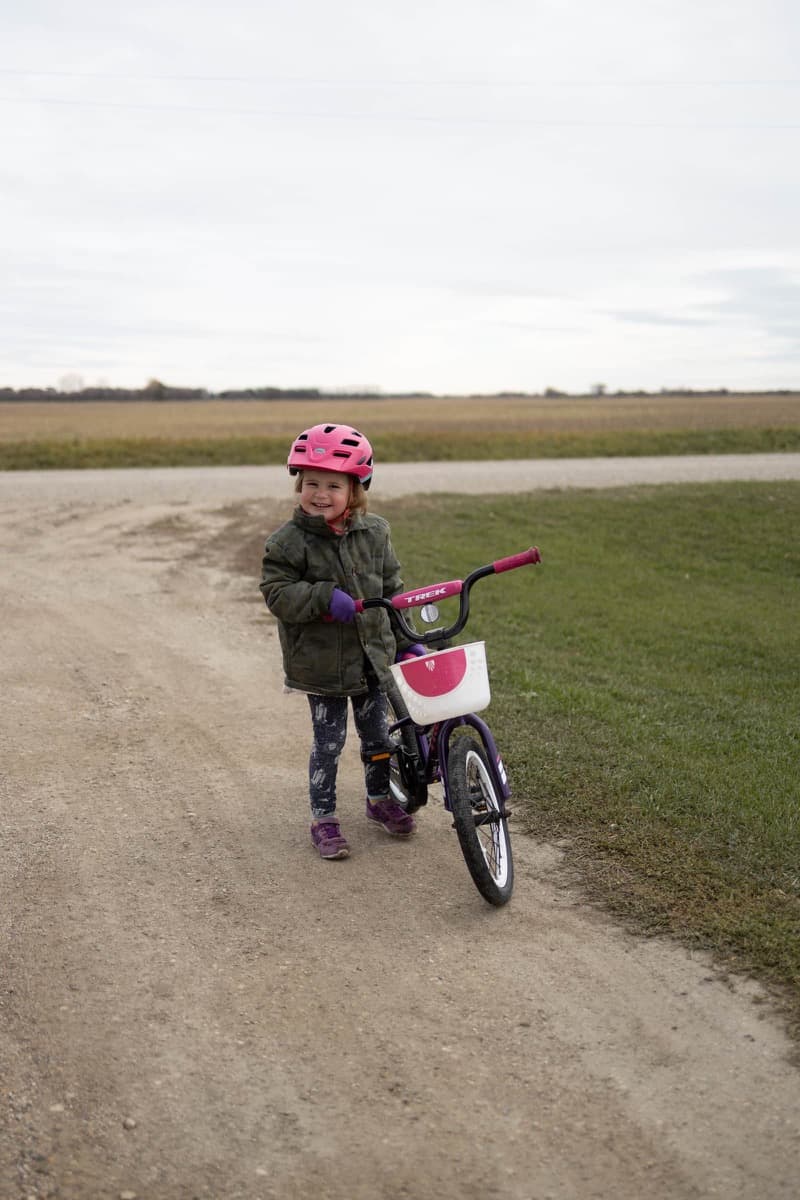
Above: A portrait photo from the Canon EOS-R and 35mm f/1.8 lens to give an example from a dedicated mirrorless camera.
Portrait Mode on the 13 Pro defaults to the new 3x camera, which is surprisingly tight. Without fail, I’ve had to back up a few steps when jumping into 3x Portrait Mode on the 13 Pro. But where before Portrait Mode photos were effectively the same photo as a regular photo but with some artificial background blur, Portrait Mode on the iPhone 13 Pro brings on an entirely new point of view.
And a flattering field of view at that. The new 3x telephoto focal length inches closer to that extra-flattering 85mm full-frame focal length and provides great angles and compression for Portrait Mode shots.
I’m also finding more usable Portrait Mode shots, period. As in, I have more Portrait Mode keepers than ever before. I’m not sure if this is because of improved software, a third camera, or the onboard LiDAR sensor (or a combination of all three).
But my antsy girls seem to be captured and sharp more often than not in Portrait Mode. And odd blurring around their heads is less and less an issue it seems.
I now have probably a 50% to 75% hit rate on Portrait Mode photos with the iPhone 13 Pro. The 12 mini was maybe 10% to 25% hit rate.
Cinematic Mode
I mentioned at the top that I’m no videographer. I’m not a videographer. Believe me.
The iPhone 13 Pro touts a buffet of new video features for any aspiring filmmaker. Macro videos provide yet another brand new perspective for videographers to capture. ProRes will raise neck hairs in those who know the power of a ProRes file. And all the hardware improvements resulting in sharper and more detailed photography is here for videographers as well.
The only feature I can speak about is Cinematic Mode. This is the only video feature I’ve tried. It’s the only video feature I truly care about.
Cinematic Mode has rocked my world. I need to gush about it for a bit.
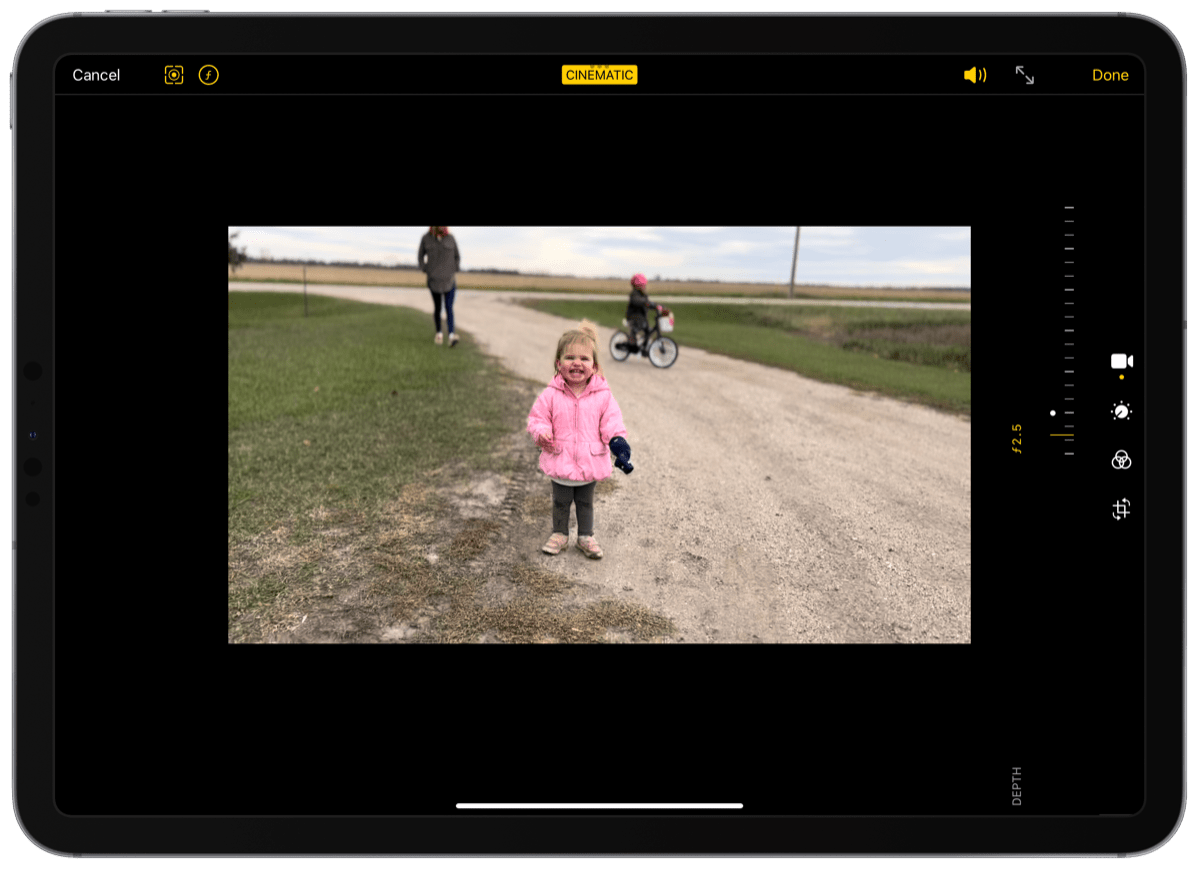
There’s a theoretical date in the future where all these home videos will be compiled and shown off to wedding guests or some other life moments. They’ll start with occasional 4K videos shot in a hospital room of my girls crying their first cries (and dad basically sobbing in the corner). They’ll transition to longer scenes where dad tried to be artistic when capturing them riding their bikes. And likely, they’ll transition to some far-off futuristic video feature where their teenage sob stories are captured in 8K.
Somewhere in the middle though, there will be a noticeable change in the video quality. There’ll be wide depth of field videos with noticeable camera shake. Then suddenly, there’ll be shallow depth of field videos that appear to be captured with a brand new camera.
Those videos will be shot on the iPhone 13 Pro in Cinematic Mode.
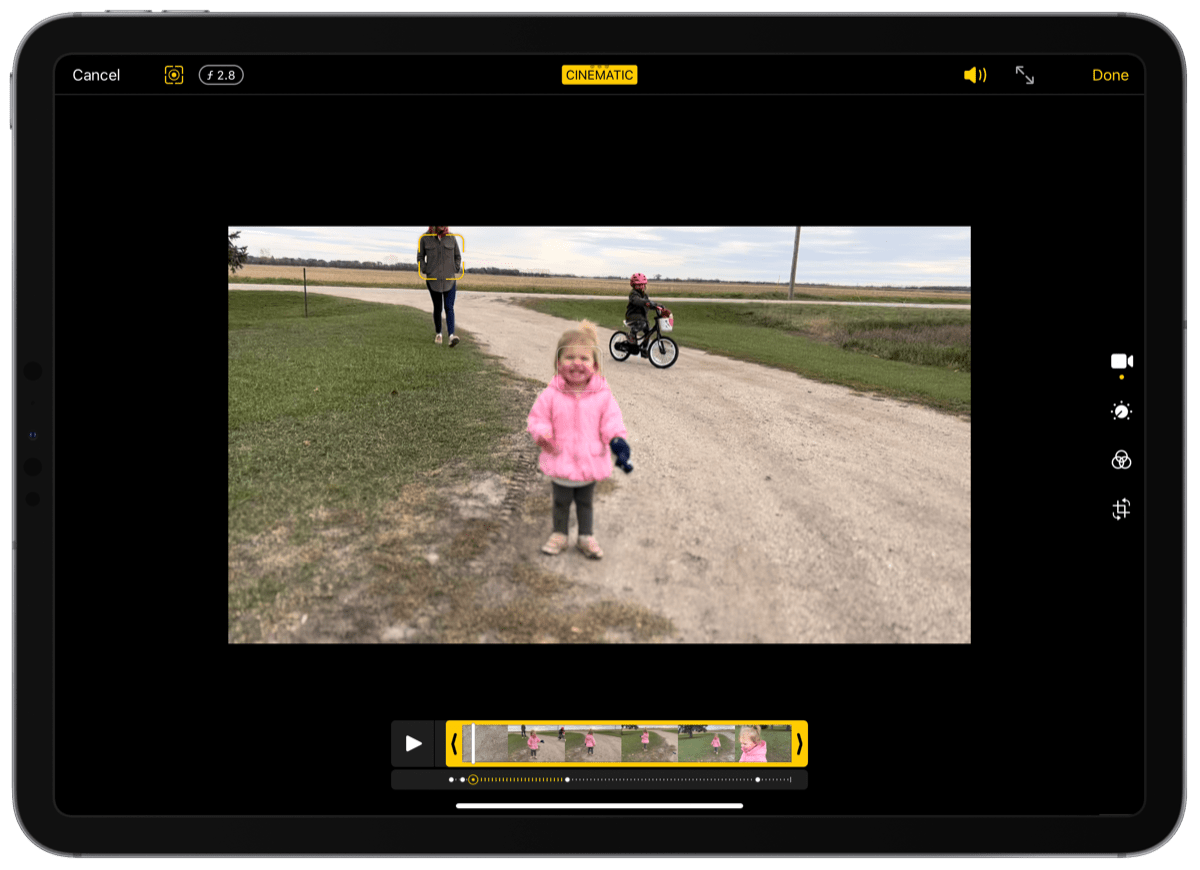
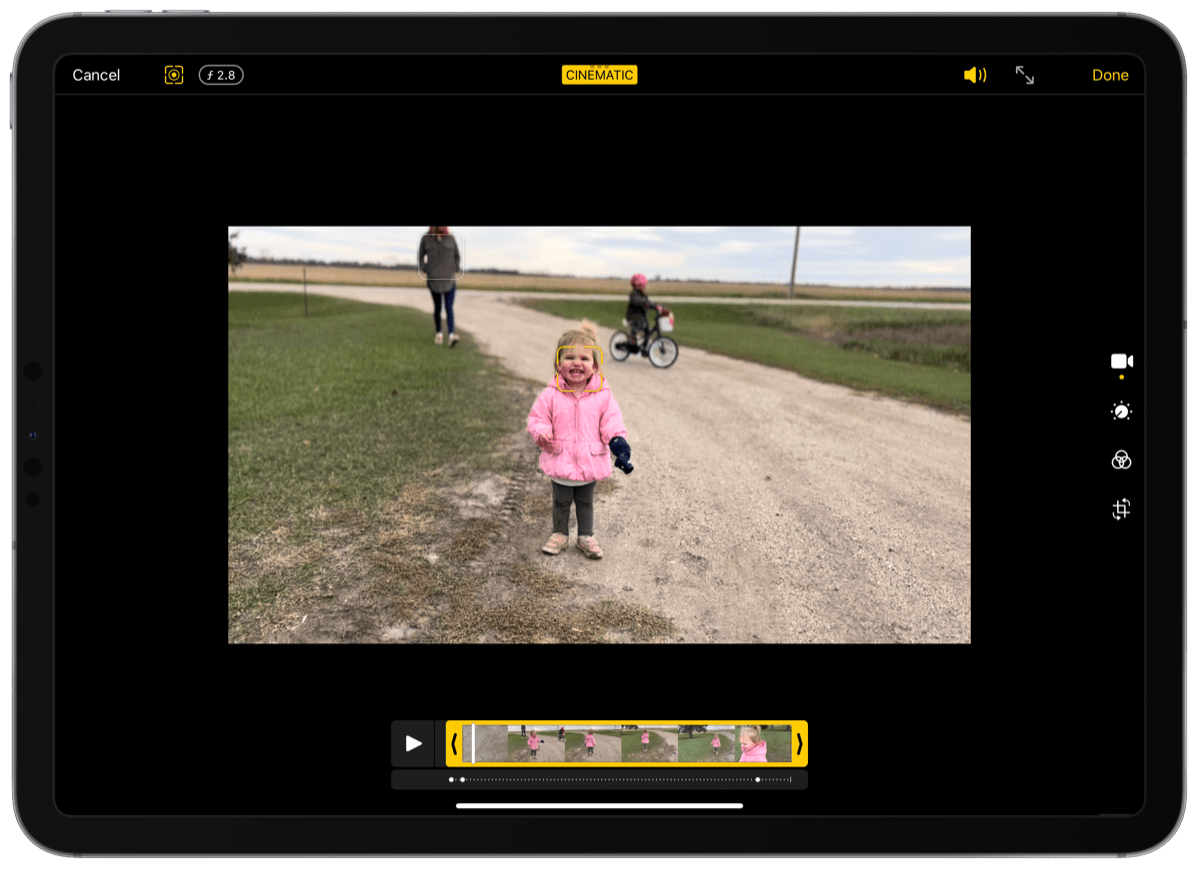
Cinematic Mode has upped my home video quality enormously. Even if blurring is artificial, the ability to tap on the screen and bring focus to a specific part of the video is amazing. Take a video of blowing out candles on a birthday cake. The iPhone 13 Pro can capture the little one blowing out the candles and, with nothing but a tap, focus can be changed to mom or dad behind the little one shedding a small tear. Or, you could quickly pan to the younger sibling, who is simply clamouring for the show to get on the road so they can have a piece of cake.
Cinematic Mode videos are truly amazing. They may not be perfect, but they bring a new layer of perspective I didn’t know my home videos were missing.
I wish I could make Cinematic Mode videos the default video mode when you hold down the shutter button.
Wrap Up
In preparing for this piece, I went back and re-read some of my reviews of prior iPhone camera systems. Naturally, every piece is “This is the best iPhone camera yet!” or “The iPhone is putting pressure on my dedicated camera!” This was true then, and it’s most certainly true now.
But it’s the sum of the parts that make the iPhone 13 Pro camera seem different, more impactful. It’s the four cameras in one (remember, macro!). It’s the ability to capture antsy kiddos in almost no light at all. It’s the ability to edit those photos with more control than ever in Lightroom. It’s a video camera that instantly takes dad from home video wannabe to filmmaker.
And it’s all that, but in one device. A device that can carry a charge through a busy day without breaking a sweat.
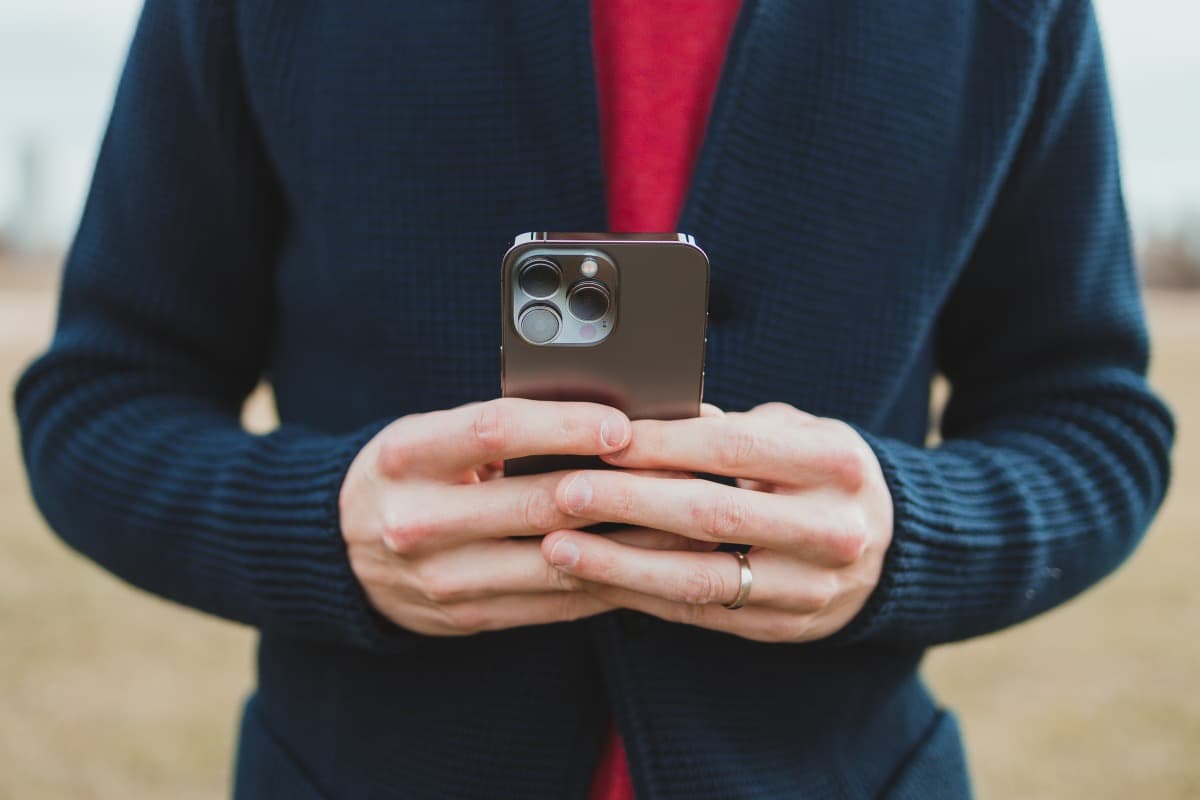
In many photography circles I’ve been a part of, there’s this inspiration to have a big, mostly cumbersome, but high quality camera system for shooting photo albums and for shooting photos professionally. Alongside that inspiration is the need for a simple camera you can take with you everywhere. It doesn’t produce the exact same photographic quality, but you have it with you! Always. This camera ensures you never miss a shot.
I think I’ve lost that inspiration entirely now. The iPhone 13 Pro has supplanted any need for one of these take-everywhere cameras. Shoot, edit, and share, all day, quickly, and without compromising quality?
The iPhone 13 Pro is a seriously good camera. With the benefit of having a phone built in.
